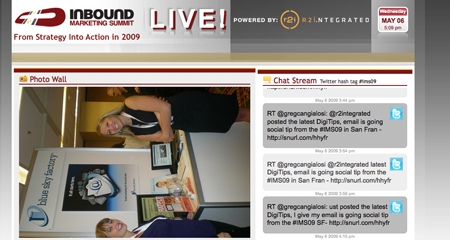
There’s been a lot of talk lately about the migration of advertising from traditional media outlets to the digital space. Among the key benefits, analysts always identify in this trend is the ability to view metrics and more accurately assess the impact of digital advertising.
A similar point of differentiation occurs between print and digital design. Unlike print, the impact of a digital offering can be measured using simple tools. Of these, one of the most effective is bounce rate. Bounce rate refers to the number of users who click on a site but do not progress in their user experience beyond the entry page. It’s a highly significant measurement and leads directly in to the question we asked in our last post …
How many of your users are actually achieving their goals?






![Reblog this post [with Zemanta]](http://img.zemanta.com/reblog_e.png?x-id=d8917e05-da8e-4831-b99e-c256e80b8490)


